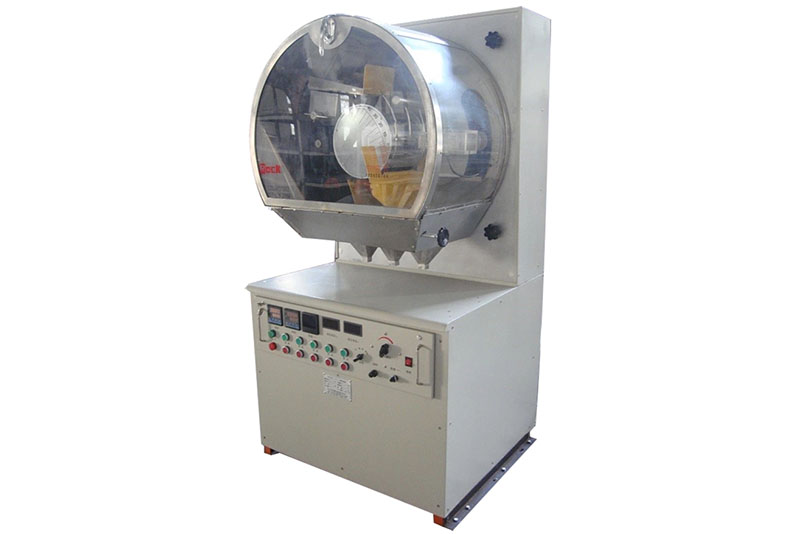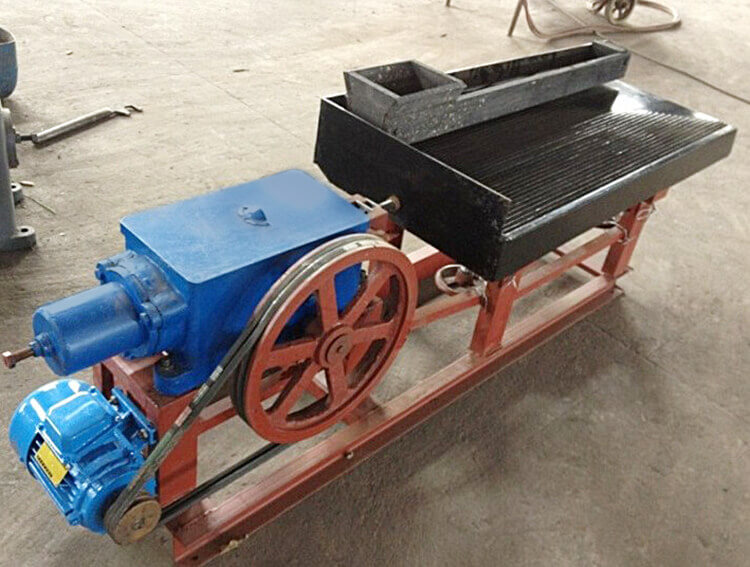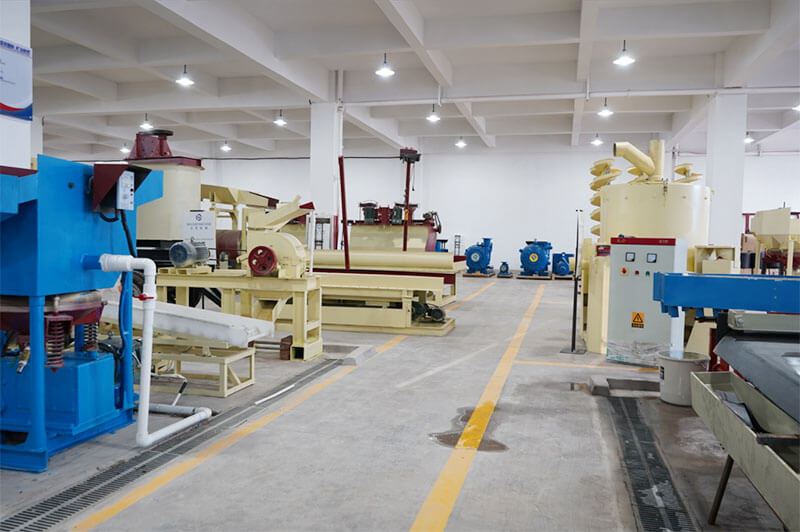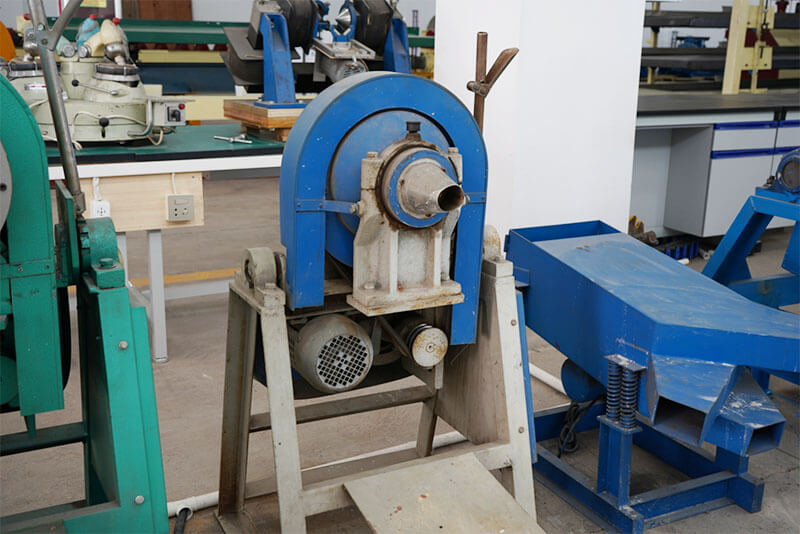Zircon ore is composed of zircon (ZrSiO₄). It is a vital mineral with wide-ranging applications in industries like ceramics, refractory materials, and aerospace. The effective extraction of zircon is essential for maximizing resource utilization and ensuring product quality. The beneficiation process, which involves the separation of valuable minerals from waste materials, plays a crucial role in this context. Laboratory-scale beneficiation methods provide insights into the optimal processing techniques and allow for the refinement and optimization of these techniques before large-scale implementation. This article explores the various laboratory beneficiation methods for zircon ore and the essential equipment in these processes.
1. Characteristics of Zircon Ore
- Zircon ore is a silicate mineral with high hardness and density. The zircon density is around 4.6 g/cm³, making it significantly denser than other minerals such as ilmenite and rutile.
- The presence of these other minerals becomes a challenge during the beneficiation process, as effective separation is necessary to obtain high-purity zircon.
- The complex mineralogical composition of zircon ore necessitates a combination of physical and chemical methods to achieve efficient separation.
2. Laboratory Beneficiation Methods
2.1 Physical Beneficiation Methods
Physical beneficiation methods leverage the differences in physical properties between zircon and other minerals to achieve separation. The most common physical methods include gravity separation, magnetic separation, and flotation.
2.1.1 Gravity Separation
Gravity separation is one of the most widely used methods in zircon beneficiation. Obtain minerals based on the density differences between zircon and associated minerals.
- Experimental Steps:
- Sample Preparation: Crush the zircon ore sample to a suitable particle size, typically less than 2 mm.
- Milling: Use a ball mill to grind the sample to enhance the liberation of zircon from other minerals.
- Classification: After milling, screen the material to classify it into different particle sizes.
- Gravity Separation: The classified samples are subjected to gravity separation using equipment such as shaking tables or spiral concentrators. This process separates the denser zircon from lighter gangue minerals.
Equipment:
- Shaking Table: The laboratory shaking table separates particles based on density, providing a simple yet effective means of concentration.
- Spiral Concentrator: This equipment utilizes fluid dynamics to separate minerals based on their specific gravity.
2.1.2 Magnetic Separation
Magnetic separation exploits the magnetic properties of certain minerals to separate them from non-magnetic zircon.
Experimental Steps:
- Post-Gravity Separation Treatment: The mineral concentrate obtained from gravity separation is further processed using a magnetic separator.
- Separation: The magnetic separator selectively removes magnetic impurities, allowing for the retention of non-magnetic zircon.
2.1.3 Flotation
Flotation is a method that selectively separates minerals based on their surface properties by chemical reagents.
Experimental Steps:
Reagent Preparation: Choose appropriate flotation reagents based on the characteristics of the zircon ore.
- Mixing: Mix the ore with the reagents in the flotation machine to create bubbles.
- Separation: Zircon particles attach to the bubbles and are carried to the surface, forming a froth.
Equipment:
Flotation Machine: This apparatus generates bubbles and facilitates the collection of floated minerals.
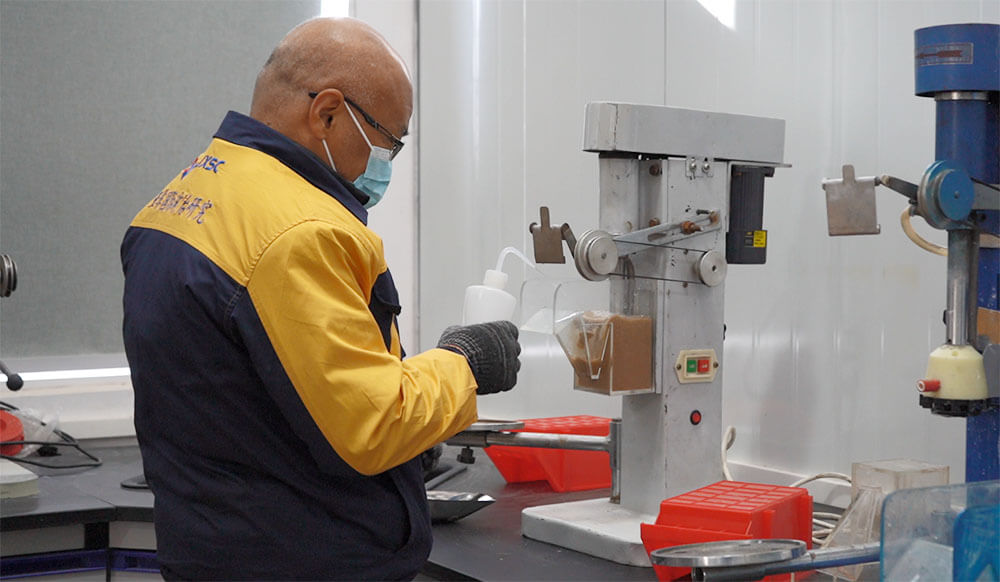
2.2 Chemical Beneficiation Methods
Chemical beneficiation methods involve chemical reactions to extract valuable components from zircon ore. The two primary chemical methods employed are acid leaching and alkaline leaching.
2.2.1 Acid Leaching
Acid leaching is a process that uses acidic solutions to dissolve zircon and separate it from impurities.
Experimental Steps:
- Sample Treatment: Mix zircon ore with a strong acid, such as hydrochloric or sulfuric acid, in a reaction vessel.
- Heating: The mixture is heated to promote the dissolution of zircon.
Filtration and Analysis: After leaching, filter the solution, and analyze the zircon content.
Equipment:
Reaction Vessel: This equipment is designed to withstand high temperatures and pressures.
2.2.2 Alkaline Leaching
Alkaline leaching involves reacting zircon ore with alkaline solutions, typically sodium hydroxide, to produce soluble zircon compounds.
Experimental Steps:
- Reaction Preparation: Mix the zircon ore with an alkaline solution in a reaction vessel.
- Separation: After the reaction, soluble zircon compounds separate from the insoluble residues through filtration.
Equipment:
Reaction Vessel: The vessel must withstand the reaction conditions.
Laboratory Equipment
3.1 Physical Beneficiation Equipment
- Shaking Table: Essential for gravity separation, allowing for efficient zircon separation in a laboratory setting.
- Spiral Concentrator: Suitable for larger sample sizes, utilizing fluid dynamics for effective separation.
- Magnetic Separator: A critical tool for removing magnetic impurities from zircon ore.
- Flotation Machine: Facilitating the capture of minerals by air bubbles in
- flotation experiments.
3.2 Chemical Beneficiation Equipment
- Reaction Vessel: Necessary for conducting leaching experiments under controlled conditions.
- Oscillator: For mixing solutions to ensure uniform distribution of reagents.
- Filtration Equipment: Includes vacuum and pressure filters for efficient separation.
3.3 Analytical Equipment
- X-Ray Fluorescence Spectrometer (XRF): Utilized to analyze the composition of zircon ore and determine the concentrations of zircon and impurities.
- Inductively Coupled Plasma Mass Spectrometer (ICP-MS): Provides high sensitivity for analyzing trace elements in zircon samples.
- Particle Size Analyzer: Measures the distribution of particle sizes in zircon ore, which can influence separation efficiency.
Experimental Workflow
4.1 Sample Preparation
Collect and process zircon ore samples, including crushing, milling, and classification.
4.2 Physical Beneficiation
Conduct gravity separation, magnetic separation, and flotation experiments, documenting recovery rates and zircon content at each step.
4.3 Chemical Beneficiation
Implement acid and alkaline leaching experiments, analyzing zircon concentrations in the resulting solutions.
4.4 Data Analysis
Use XRF or ICP-MS to analyze the mineral and leachate, calculate recovery rates, and evaluate the purity of zircon.
4.5 Results Evaluation
Assess the effectiveness of the beneficiation methods and optimize the overall process based on experimental data.
Conclusion
Laboratory beneficiation methods and equipment for zircon ore are fundamental to the research and development of zircon resources. By integrating various physical and chemical methods, it is possible to enhance both the recovery and quality of zircon. This supports industrial production but also aids in optimizing beneficiation processes. The careful selection and configuration of laboratory equipment can significantly improve experimental efficiency and accuracy. Continuous experimentation and data analysis will further advance zircon beneficiation technology, establishing a robust foundation for its applications across diverse industries.
JXSC lab mineral processing equipment manufacturer has more than 38 years of experience in mining processing. We provide various lab mining equipment including gravity-separating equipment for processing minerals such as gold, tin, tungsten, lead, zinc, tantalum, niobium, iron, manganese, silver, titanium-iron, etc. Lab machines include laboratory jaw crusher, hammer crusher, roller crusher, grinding equipment, lab gravity separator, screening, washing equipment, etc. Welcome to consult!

